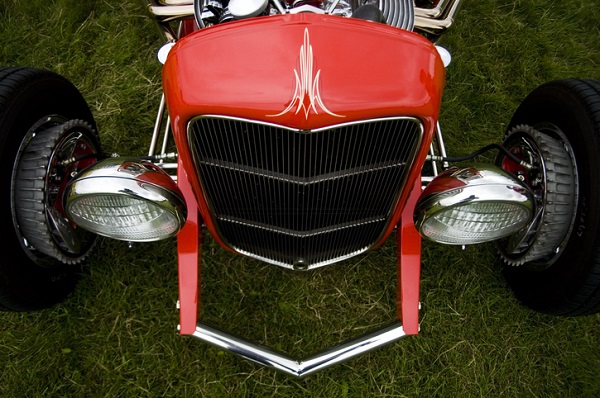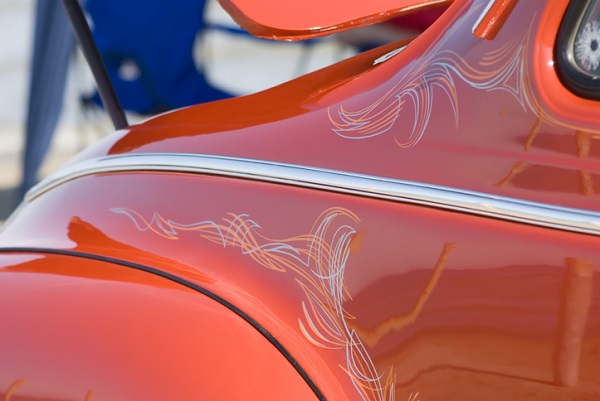The Art of the Pinstripe: How to Bring out Your Creative Side in Auto Painting Careers

Pinstripes are a mark of distinction for vehicle owners. For a hotrod or muscle car, an elaborate pinstripe design can make a bold and flashy statement, while for other high-end vehicles a simple pinstripe is an understated marker of luxury. Most vehicle pinstripes today are vinyl pinstripes that are directly applied to the body of the car, but hand-painted pinstripes—like all things vintage—are making a big comeback.
Learning how to paint pinstripes takes lots of practice, but a great place to begin is by taking car painting courses. Understanding the foundations of car painting can help you in a big way if you decide to pursue a career in pinstriping. Here’s a look at a few things you should know about being an automotive pinstriper.
The Best Tools That Pinstripers Have Are a Steady Hand and Lots of Patience
Automotive pinstripe designs can range from complex designs to simple lines that follow the curve of a vehicle. What is consistent with all pinstripe designs is that they require a very steady hand. Freehand pinstripers don’t use a ruler or any other instrument to make those perfectly straight lines or those astonishingly symmetrical curves and circles. They just use their hands and eyes.

To achieve that incredible precision, you’ll need to be extremely patient. Pinstriping is not something that can be rushed. It’s a highly skilled art form and one that takes years to master. That being said, nobody starts off as an expert pinstriper. So long as you take the time to practice and learn the basic skills, you can learn this truly incredible art.
The Type of Brush You Use Is Essential to Achieving the Perfect Pinstripe
The standard pinstriping brush is called a sword or dagger brush. These brushes have very long bristles and their shape resembles a small sword or dagger. This unique design allows pinstripers to apply paint in an extremely fine line and to achieve a beautifully tapered edge.
If you choose to pursue a pinstriping career after your refinishing prep training, keep in mind that the material that the brush is made out of is also extremely important. A stray bristle can lead to ugly and very noticeable mistakes. That’s why most sword and dagger brushes used by the pros are made from either squirrel hair or ox hair, since those materials tend to keep their shape better than synthetic brushes and they’re easier to handle. To see the sort of perfection that can be achieved with a squirrel brush, check out this video of Mark Court—the exclusive pinstriper for Rolls-Royce—using them in his practice.
Car Painting Courses Can Help You Learn How to Prepare Vehicle Surfaces for Painting
While pinstriping is a specialized craft, all pinstripers need to know the basics of how to apply paint to a vehicle. That’s something you can learn in your car painting courses, including how to prepare an automotive surface for painting. Preparing the surface is a key step for pinstripers and failing to take preparation seriously can lead to a botched job, which is the last thing you want when you’re working on vintage and high-end vehicles.
For instance, grease and wax can wreak havoc with pinstriping paint, so you’ll need to wipe the surface clean of these contaminants beforehand. After doing so, you should wipe the surface again with a glass cleaner to make sure there’s no film or residue on the surface. Now, you’re ready to apply some of your artistic flair!
Are you interested in pursuing your dream job?
Contact the Automotive Training Centres to learn more about auto painting careers!

